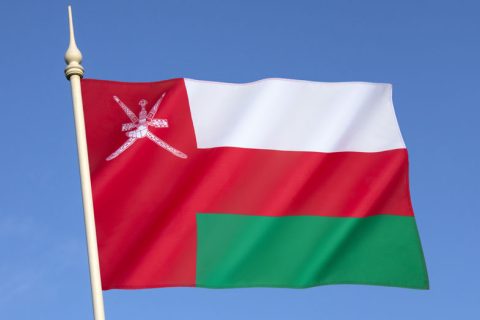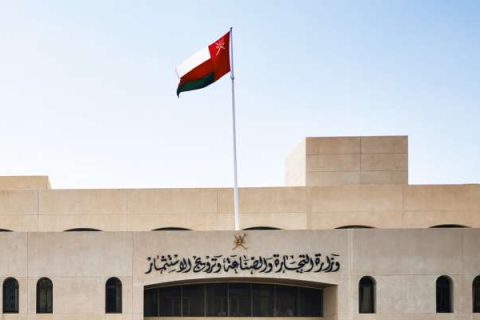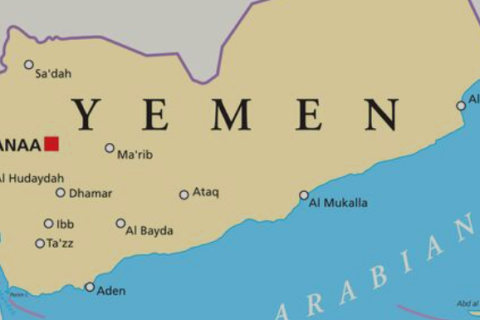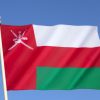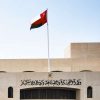The Madrid System was created as a convenient and cost-effective solution for registering and managing trademarks worldwide. A brand owner can file a single application in the country of origin and pay one set of fees to apply for protection in up to 125 countries.
While at filing the Madrid system may be more effective, when it goes wrong it goes very wrong because there is an extreme disconnect between national offices and WIPO and who is liable for any discrepancies is un-known. While both local trademark offices and WIPO teams are very helpful and responsive the fact that the systems are not integrated on a timely basis and automatically leads to issues which can be resolved, and we are expecting WIPO to resolve them in the near future.
Rejections are a significant way national offices to:
- Maintain the revenues for their local agents
- Maintain revenues for funding their local trademark offices
- Ensure their local laws are still applicable and enforced on local and international marks equally and ensure that any harmonization does not remove any national identity and right.
We have conducted a search of provisional refusals over the past 6 months in 2021. The United states of America (USA) was the country that received the most of refusals in the past 6 months of 2021, with 7,659 refusals.
Canada and japan follow USA with, respectively, 6,824 and 5,948 refusals in the last 6 months of 2021. in order to assess whether the absolute number of rejections is simply due to the sheer volume of applications, we have extracted the number of designations made over the same 6 month period. it seems that 90% of marks designating the USA are rejected, 91% are rejected in Canada, 96% in japan, 69% in China and 98% in Korea. While these ratios are not too precise as there is a lag between filing and examination, but on a rolling basis these ratios are indicative.
With this percentage of refusals issued, is it still more cost efficient to file a madrid application? Probably yes, because of the long term renewal costs, and any change of applicant details will only have to be done once, so all in all it does provide for a cheaper alternative, if the mark actually registers and shows up on the national office databases!
The Middle East countries that are members of the Madrid protocol are Bahrain, Oman, Algeria, Egypt, Morocco, Sudan, Tunisia the United Arab Emirates, and Syria. The UAE is the most recent addition to the system.
Contrary to developed countries, the refusals issued in the arabic countries represent less than 30% of the rejections issued in the country. In the most designated countries, Egypt and Morocco, 1,294 applications and 1,056 applications respectively only 9% and 6% of applications were rejected. It is worth asking ourselves the question and assessing whether there needs to be an update in internal local procedures to make sure that local laws are also being applied on international marks. We expect the number of refusals in the arabic countries to keep increasing once accurate systems and processes are in place.
| July – December 2021 | ||
| Refusals | Designations | |
| Egypt | 119 | 1,294 |
| Morocco | 64 | 1,056 |
| Bahrain | 13 | 561 |
| Algeria | 194 | 695 |
| Oman | 126 | 593 |
| Sudan | 1 | 236 |
| Syria | 101 | 251 |
| Tunisia | 8 | 647 |
Algeria is the country that received the maximum number of international refusals of trademark in the Arab countries for the last 6 months of 2021 representing 28% of designated applications.
We are looking forward to a great start of the year and hope local procedures in the arabic region will reflect the level of complication and intricacies which exist in local laws and practices. We trust and have faith that all trademark offices around the region will build their capacities in order to transform their services relating to international applications to be equivalent with those provided by more mature economies.
Check the race charts:
- https://sheet.zoho.com/sheet/publicgraphs/952a46372d6948d7a65c924ef269a7aa1641982749582219
- https://sheet.zoho.com/sheet/publicgraphs/05f72a2448b74c4c908678a18698451c1641987666966578



